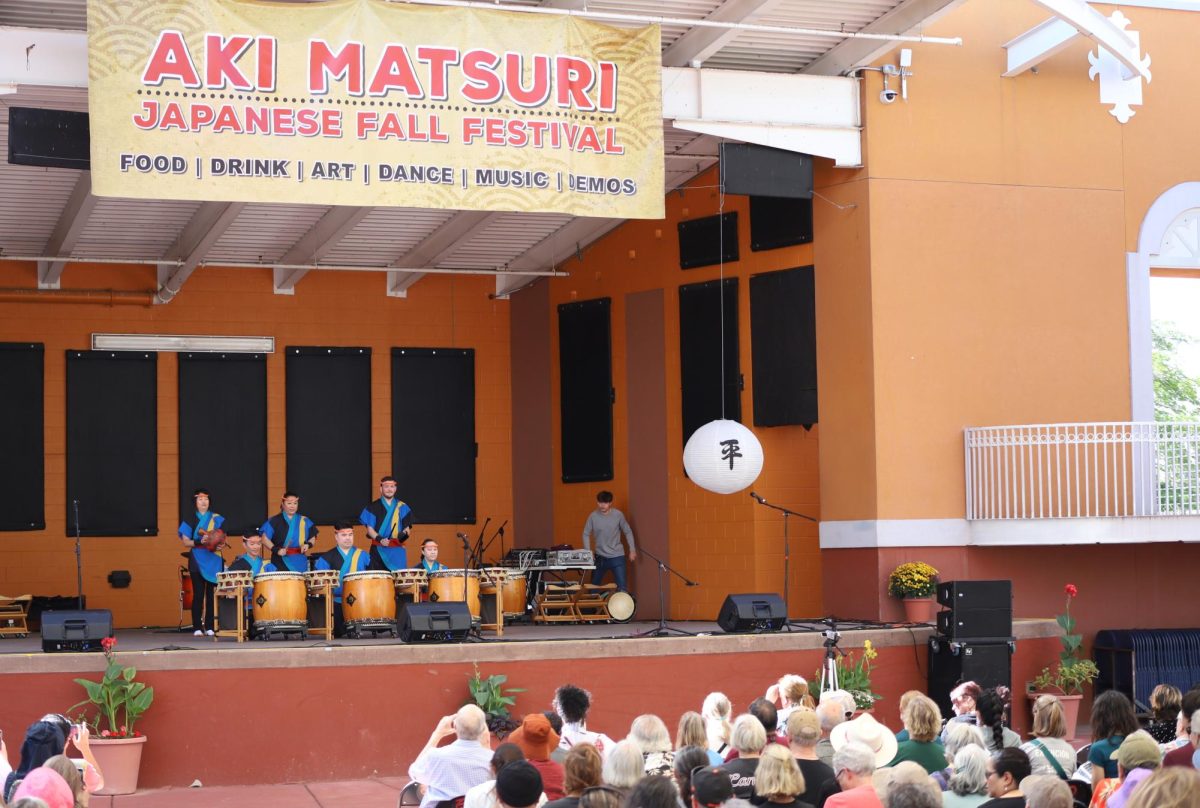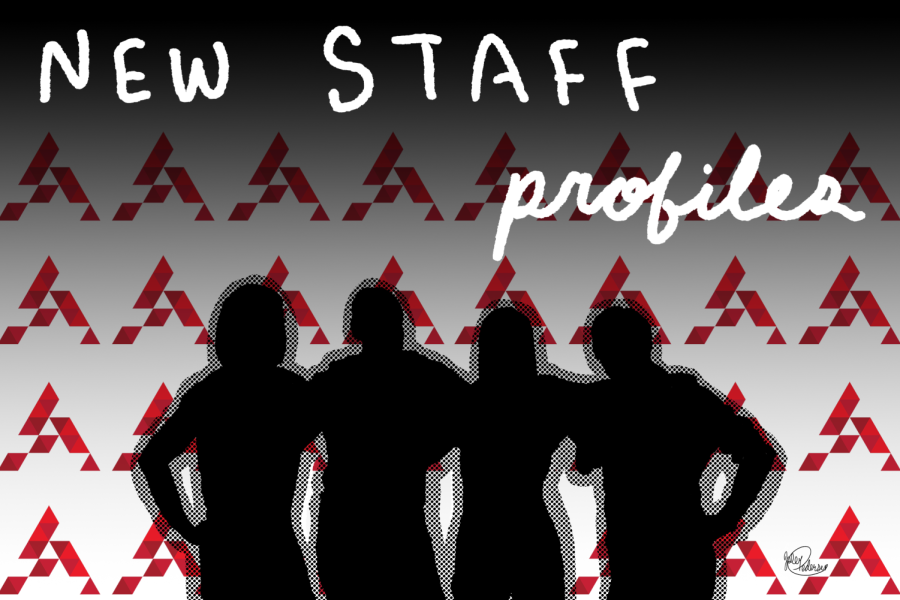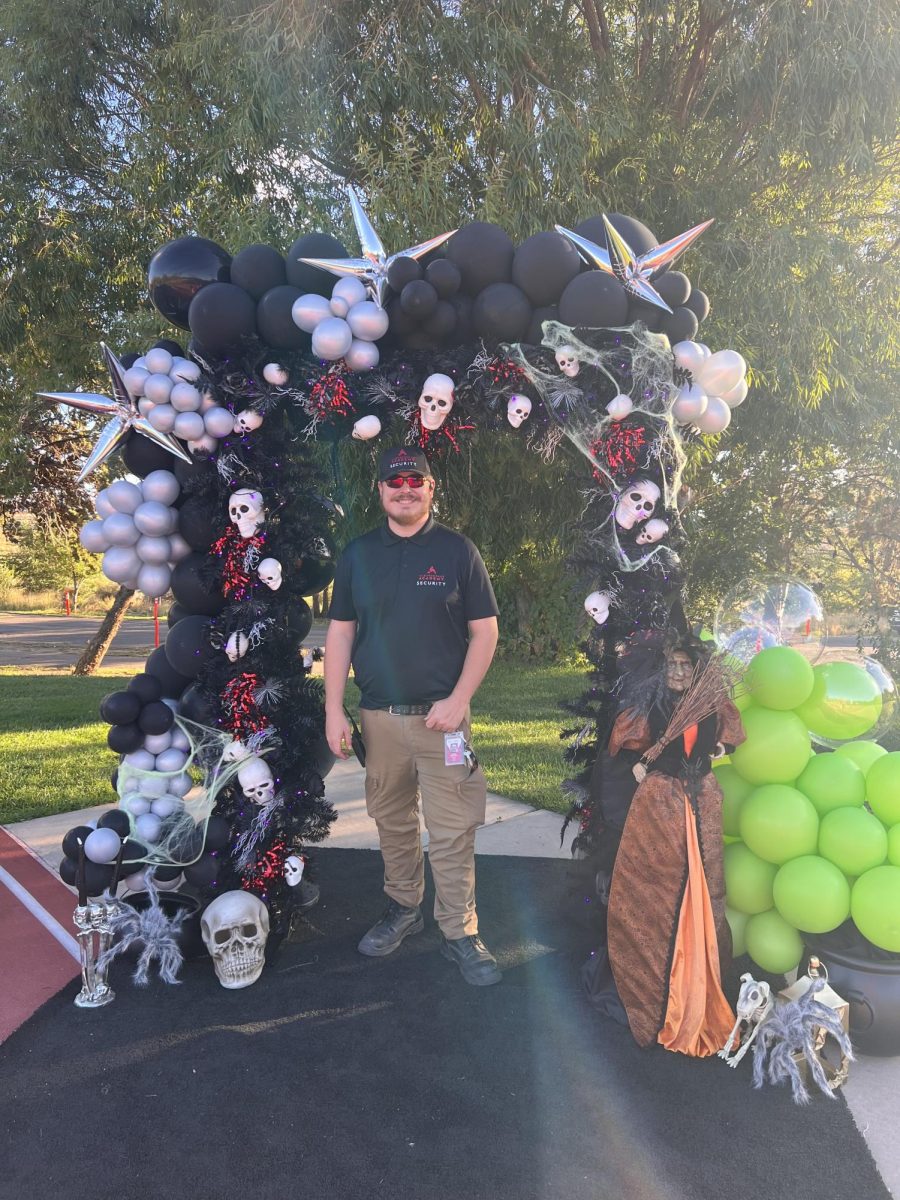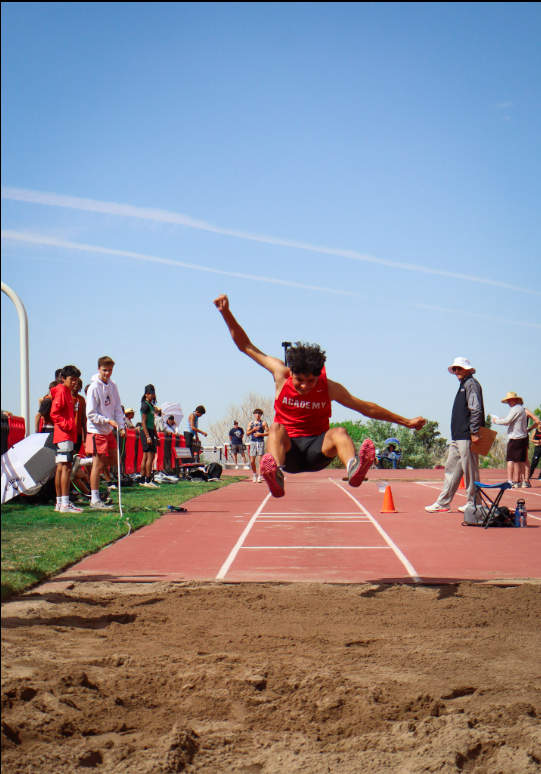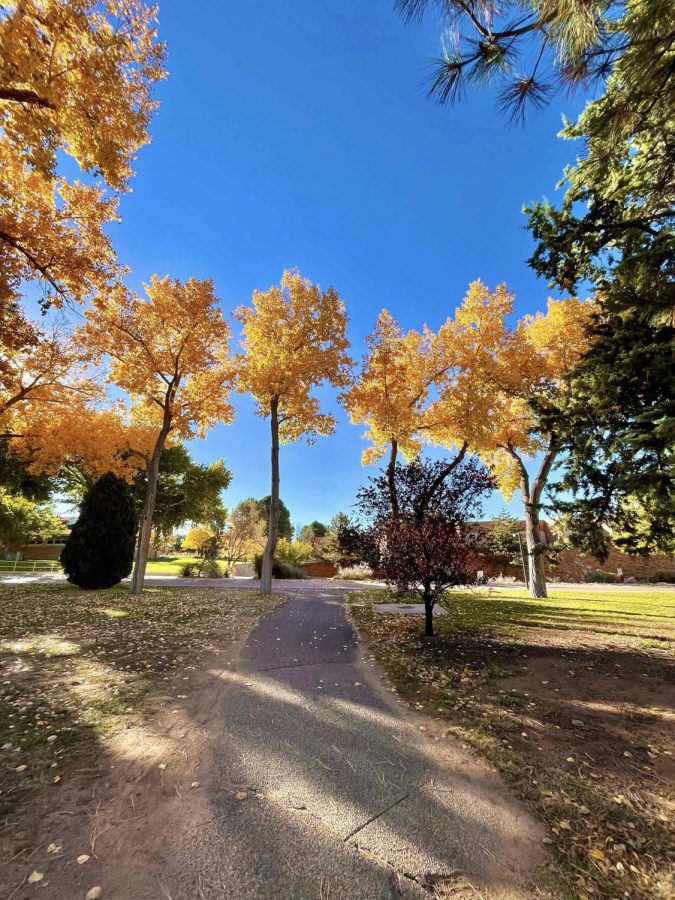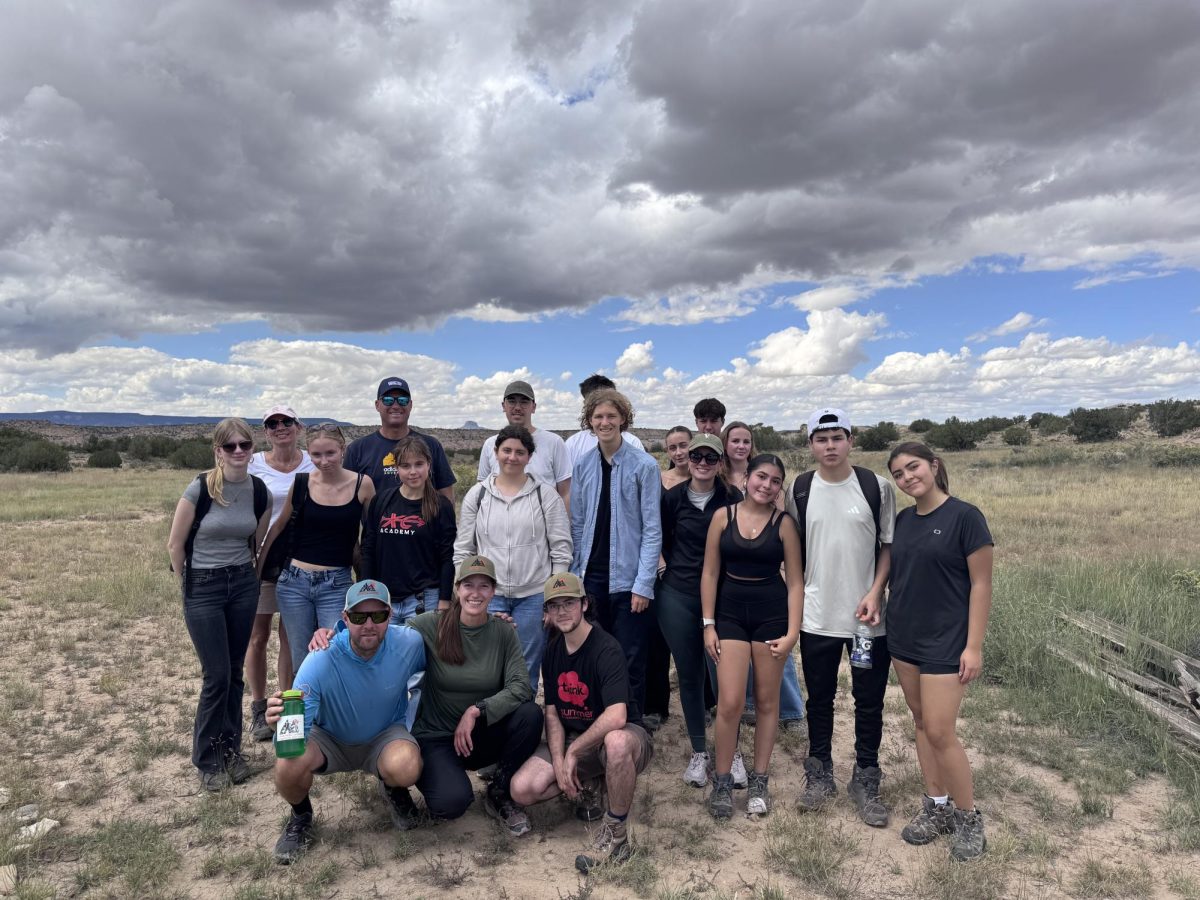When driving, have you ever noticed a flat straight stretch of road and wanted to hit the gas? Well, you are not alone; it’s simply human psychology. An outstanding quote from the YouTuber Road Guy Rob describes this phenomenon: “You can’t put a speed limit on a flat, straight, and wide runway, There is simply no speed limit for aircraft on a runway, other than natural restrictions.” Unfortunately, it is this same principle that kills about 8,000 pedestrians a year.
If you were to compare your average wide arterial road, (think of the main Boulevards that crisscross to make a grid), to a runway, you would find them almost identical. except for the fact that roads have speed limits. Yet most people ignore speed limits and drive at the speed they feel comfortable with.
The strategy that engineers use to slow down drivers on our roads is to match the speed that a driver feels comfortable driving at to the actual speed limits. For example, on a stretch of an interstate highway, the speed averages at about 60-70 mph, because it’s flat and open (inviting for high speed driving), maybe even slower if you were in an urbanized area. This speed perfectly matches most posted speed limits. On a windy road across a mountain, you would slow down, which aligns with the speed limits. Using this strategy, engineers can slow down cars, which in turn can save lives.

Why do we drive faster?
There are multiple things that can affect a person driving a car. The first factor is pedestrians. Any driver will ask: do we expect pedestrians to cross paths with us? Asking this simple question gives a reasonable speed estimate. If you were on an interstate, would you see pedestrians crossing? What if you were in a neighborhood? Now those are just the extremes of pedestrian prevalence. But what if we were on a big arterial street? This is where the biggest risk is, because those who don’t expect pedestrians to be present will speed, causing a more severe or even fatal accident involving a pedestrian. Another important factor to note is that when roads are wider, we will drive faster, because there is more room for us to correct our maneuvers, and we feel safer driving at a faster speed.
The Solution: Traffic Calming
Luckily, on the side of traffic engineers, we have a way that we can slow down cars. “When people drive, they drive according to their perception of danger. If we perceive less risk, we’ll drive faster. And if we perceive more risk, we’ll drive slower.” By changing how people see risk, we can slow down drivers. And this is the key to traffic engineering. Engineers, when redesigning or making new roads, have a toolkit on their hands to help slow drivers. It’s not radar speed signs, or police cars. Instead, it can be curves in the road and bushes. There are many different ways that we can slow down cars, but they all involve catching the attention of the driver and making the driver feel uncomfortable so that they slow down.
Landscaping

Landscaping is one of the simplest tools that an engineer can use – if it’s used correctly. Trees can make the road feel more narrow, because it blocks sunlight, and can arch towards the road. This narrowness makes people slow down, because they perceive risk. When engineers make drivers slow down, it’s a win for them, because even if pedestrians get hit, they most likely won’t die. Engineers can place bushes on the side of the road, and use trees to separate sidewalks from the road. Trees can also be used to separate roads from pedestrian areas. Unfortunately, trees and bushes (if maintained incorrectly), can create hazards including obstruction of pedestrians, and roots can destroy road infrastructure. Plants like bushes and shrubs can block the view of oncoming traffic, making a driver focus solely on the road and not other cars.
Curb extensions
Curb extensions are used at the edges of intersections, where on-street parking can hinder the driver’s view of pedestrians. By letting cars park right up into the intersection, it can make it hard for drivers to see pedestrians, simply because their sight lines are blocked by the parked cars. In Victoria, Australia, A little girl was hit by a car, because the driver’s ability to see her was blocked by on street parking. By removing those parking spots and extending the curb, pedestrians are more visible at the place where most pedestrians cross: the intersection. Sometimes it can be as cheap as placing paint and flexible bollards (a sturdy, vertical post or barrier), to full intersection redesigns with a concrete “bump out” curve.
The concept of making pedestrians visible, by removing parking spots, removing crossing distance and bringing awareness to pedestrians crossing is called daylighting which is very effective in saving pedestrian lives. In fact, after Hoboken, New Jersey daylighted all of its streets, not a single pedestrian fatality has been recorded in the last 4 years. Similar locations like The East village, and Crown heights (two subdivisions in New York) have recorded more serious and fatal accidents, while using daylighting on a very small scale, proving the effectiveness of curb extensions. Other features of curb extensions include a smaller turning radius, which means a slower right turn. A slower right turn could reduce the chance of fatalities, and most importantly, it brings attention to the driver, and it makes them aware of pedestrians. They also reduce crossing distances for pedestrians, making it easier for pedestrians to cross the street, thus reducing the chance of an accident.
Chicanes
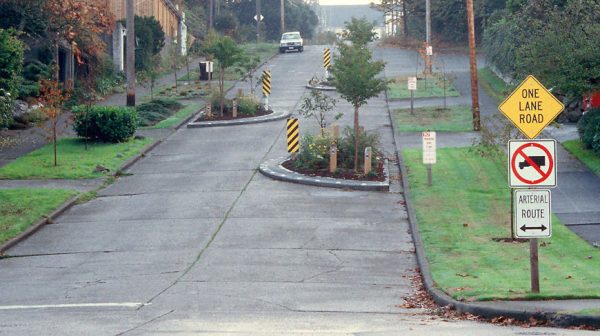
Chicanes, an intentional curve in the road, are yet another effective way to slow down traffic. A Chicane is a simple curve in the road, which forces drivers to slow down, and take the curve carefully. By adding intentional curves in the road, the driver is forced to slow down and take that curve. If you have seen any NASCAR races, right before a sharp turn, there is a chicane to slow down drivers, to prevent possibly fatal accidents. Chicanes are used to make intentional turns, and keep the drivers focused at critical times. Chicanes also make it easier for emergency vehicles to respond, because they can drive over them. However, these are uncommon as they are usually very expensive to add and maintain, because traffic engineers must completely redesign the road and must work with local businesses and homeowners to move the road into their properties.
Center medians/islands
Medians at the center can force drivers to move closer to the shoulder, and create a narrow road in the process. This makes the drivers perceive more risk, and forces them to be more alert. Another added bonus is that when medians are paired with sidewalks, Pedestrians have a “refugee island” in the middle of the road, and can cross one side of the traffic at a time. This improves safety because pedestrians don’t have to focus on many vehicles at a time.
Speed Bumps, Humps, and Tables
Most of these tools so far rely on the driver’s ability to see pedestrians, there are a few ways to physically stop speeding. Speed bumps are usually used in very slow places, like shopping malls and parking lots, to slow cars down to a crawling speed. But in most places, it’s not necessary to slow people down so much. Speed humps are modified speed bumps– they are larger and more rounded to slow cars down (but not to a crawling speed). These are very effective in larger streets like neighborhood roads. However, these are an issue for emergency vehicles, because they can slow them down.
The solution is simple. Since firetrucks are so wide, engineers can make gaps in the speed humps, to let them through. Smaller cars, however, will have to hit at least one of the speed humps. Speed tables are even longer than speed humps, which have a flat section on the top. These speed tables allow for an even higher speed on the bump. These can be paired with a crosswalk to make a raised crosswalk, which forces drivers to slow down, and brings awareness to pedestrians. This concept can be applied to whole intersections known as raised intersections. In raised intersections, the road is level with the sidewalks, so usually there are planters or bollards separating pedestrians from cars. Drivers feel the bump and slow down, expecting pedestrians at the intersection.
Roundabouts
Roundabouts are a circular median at intersections. The benefit of a roundabout is that it forces all traffic to slow down. If it was a traffic-lighted intersection, only half of the traffic would have to slow down (the cars facing the red light). Roundabouts are also pedestrian friendly and can be combined with landscaping to make them look visually appealing.
Road Diet
Finally, one of the most important, and probably one of the most effective, methods of slowing down traffic is the Road Diet.“A Road Diet is the conversion of an existing road to function differently through the reduction of vehicle travel lanes.” There are many different outcomes from Road Diets, including reduced speed, pedestrian safety, and ease of maintenance. Typical conversions can include a four to three lane conversion (from two passing lanes for both directions of traffic to one lane each, with a turning lane in the middle), and from multi lane roads to transit only roads or protected bike lanes. It can even be paired with a center median at pedestrian crossing points to make it safer for pedestrians. There are unlimited possibilities for a road diet!

It gives cities and communities a one time chance to redesign a problematic street. Four lane roads can be very problematic for multiple reasons. First being that left turn traffic blocks the passing lane, leading to some very dangerous rear end collisions. The second being that if two cars facing opposite directions are attempting to turn left, they block each other’s field of view. However in a three lane setup, with two driving lanes and a turning lane in the center, it allows for all turning traffic to move out of travel lanes, and safely make a left turn, without risks of rear-end or T-bone collisions. At crosswalks, the center lane can even be converted into a median. This is just one example of a road diet; the possibilities are endless.
Conclusion
Many of today’s traffic fatalities are attributed to drivers not being able to see pedestrians. There are many different ways to effectively slow down cars, and are affordable for communities. Cities like Nashville and Cincinnati have reduced speed on regular stroads by up to 55%! Speed in a car crash can make the life or death difference. If you want to get involved in this kind of action, the first thing you have to do is to alert your city/county council. Raise awareness about a specific road which has been causing trouble for the community. “And stay dedicated to the project.”




